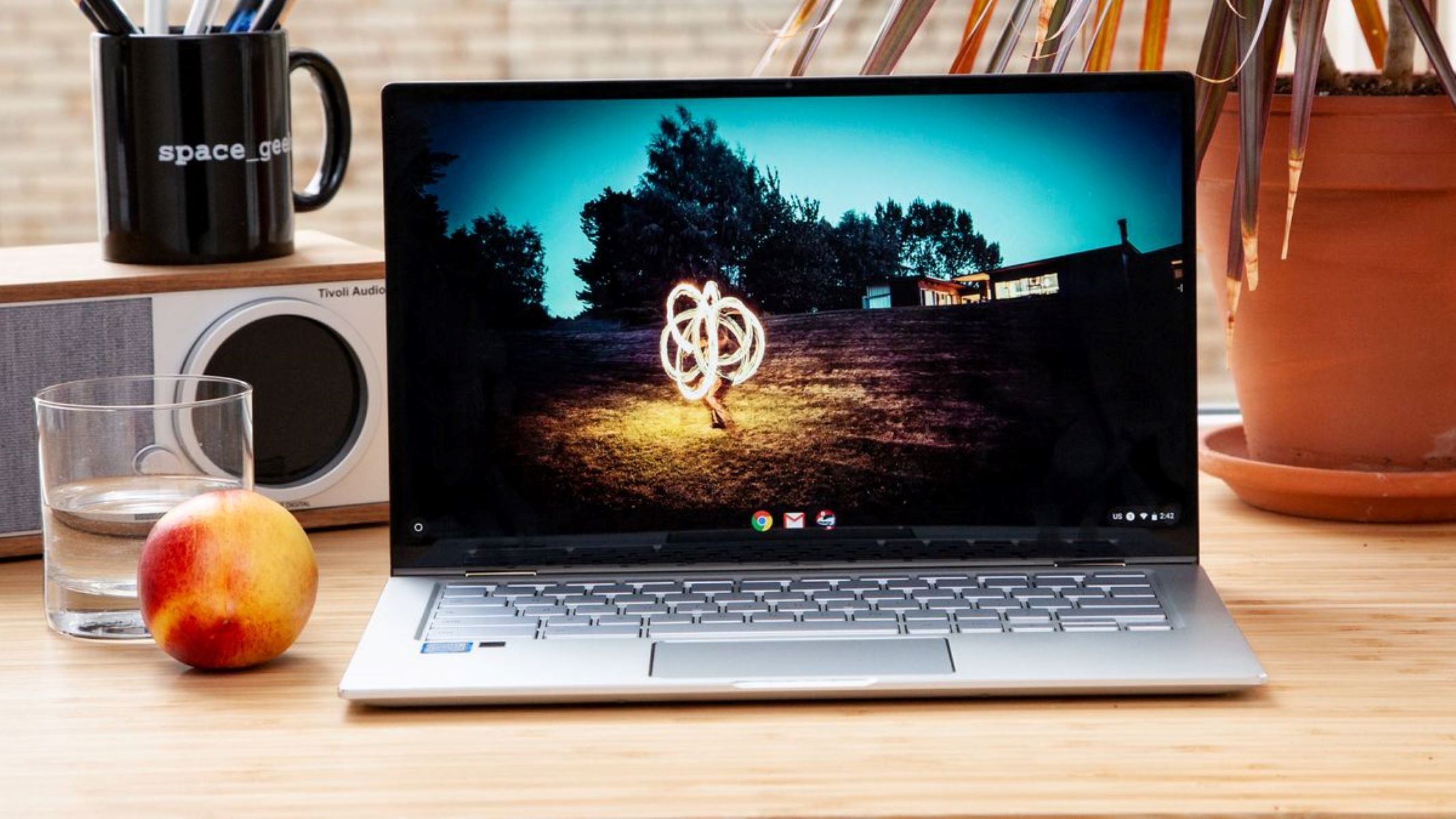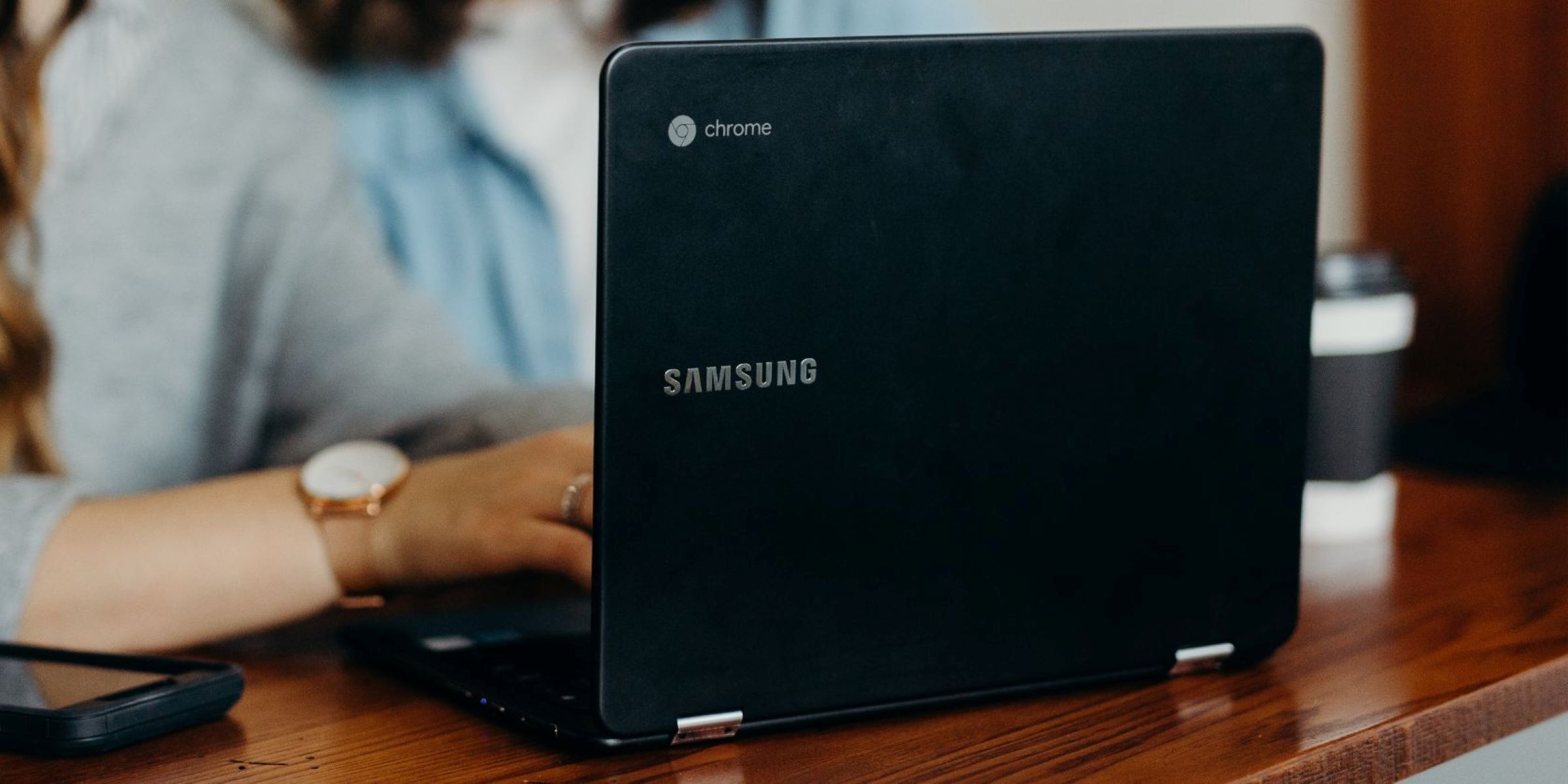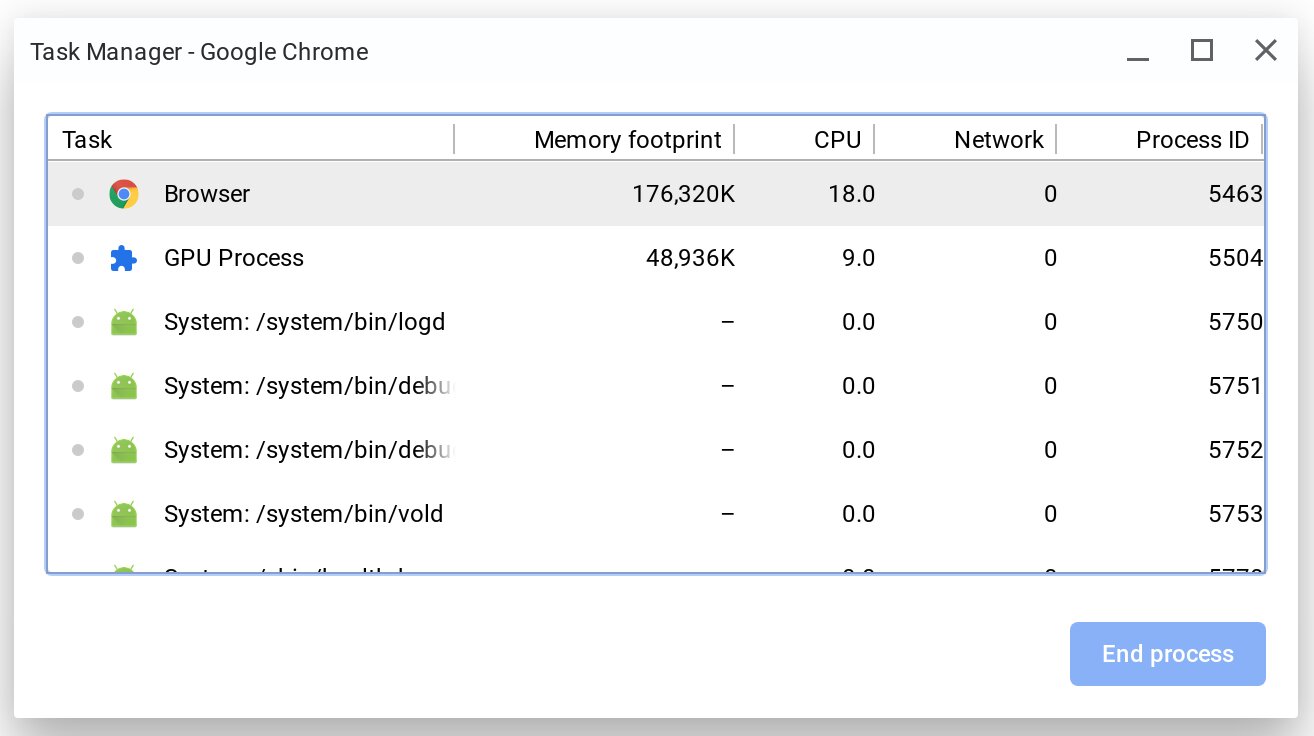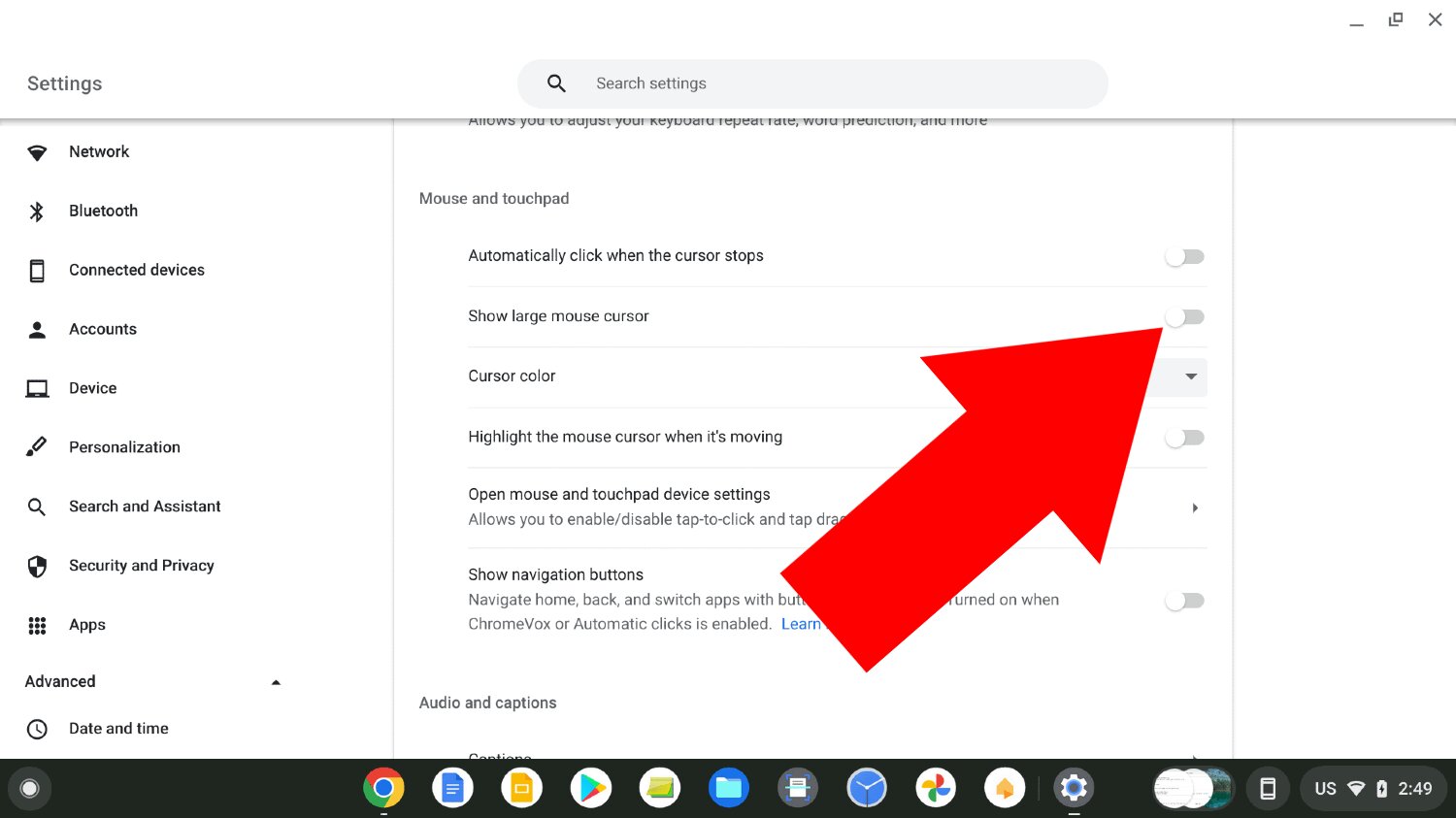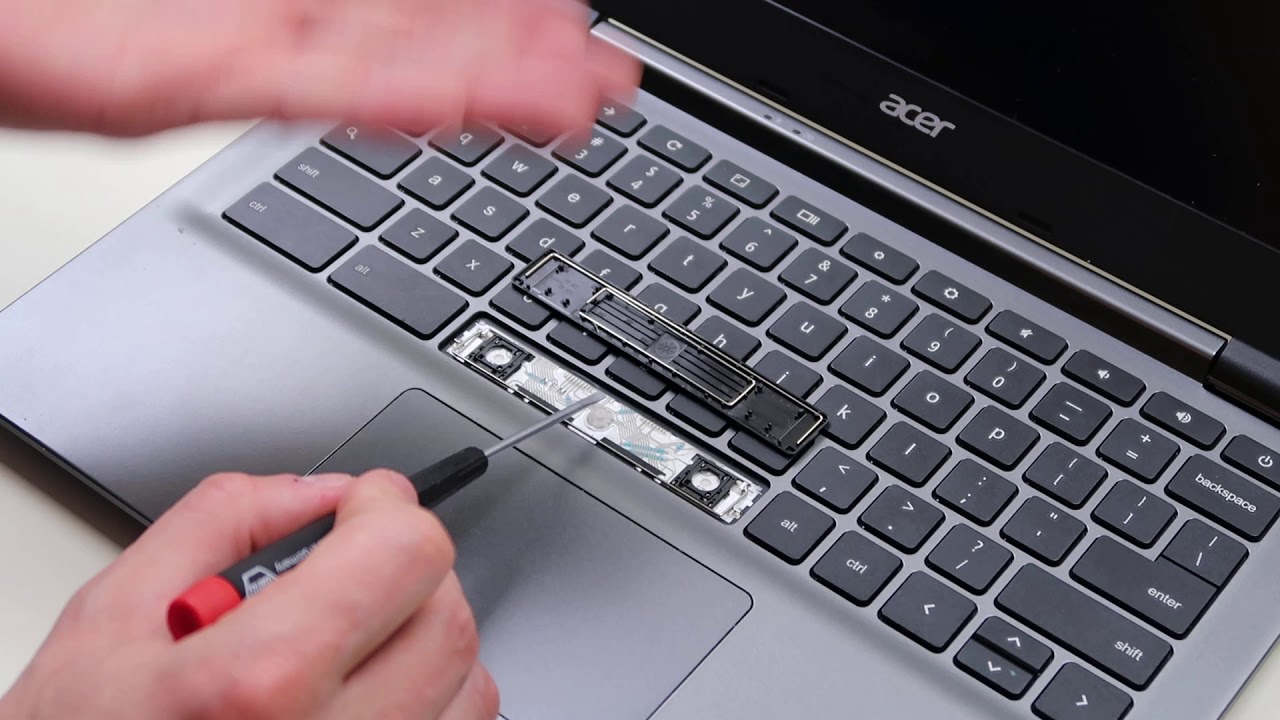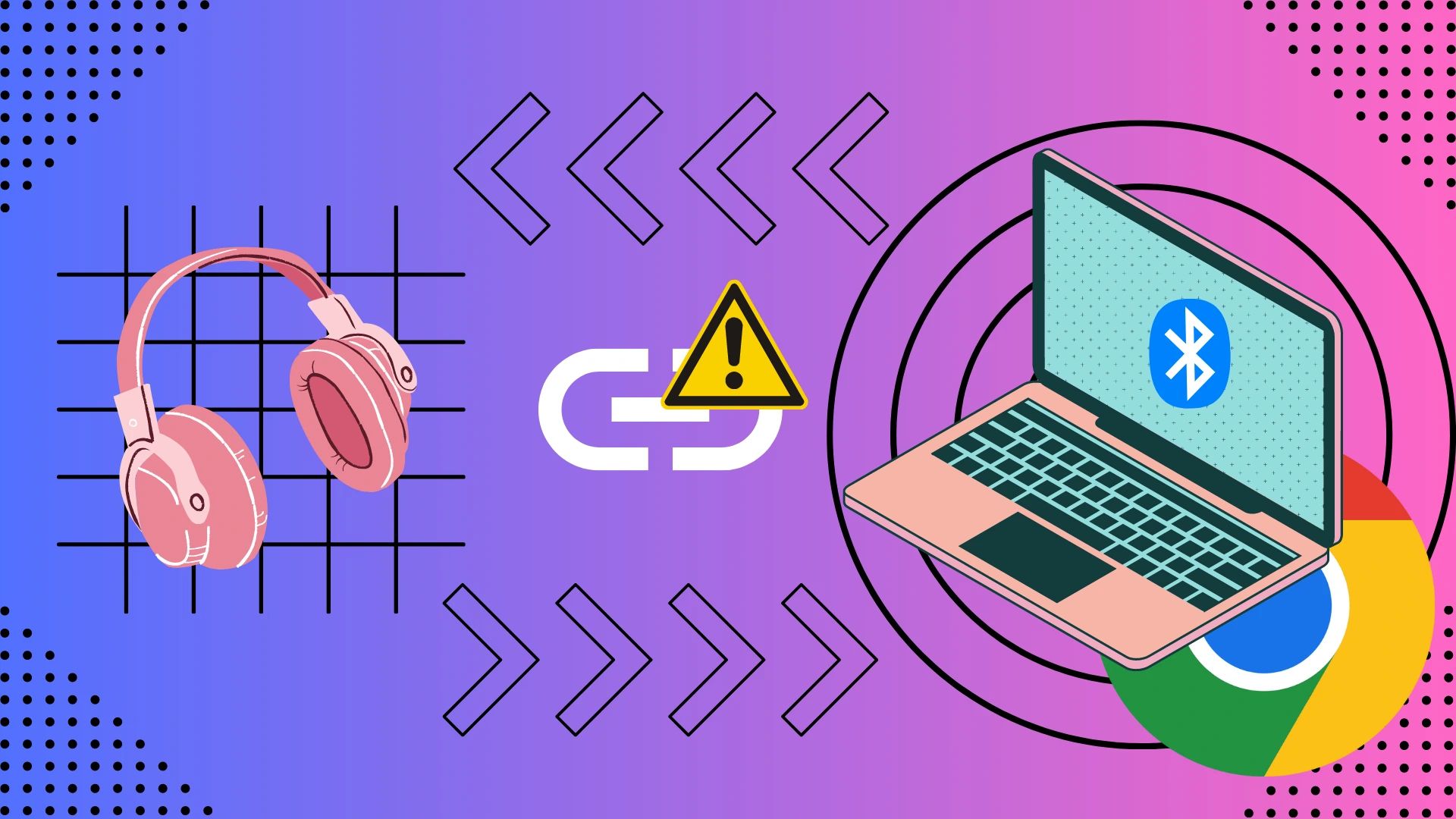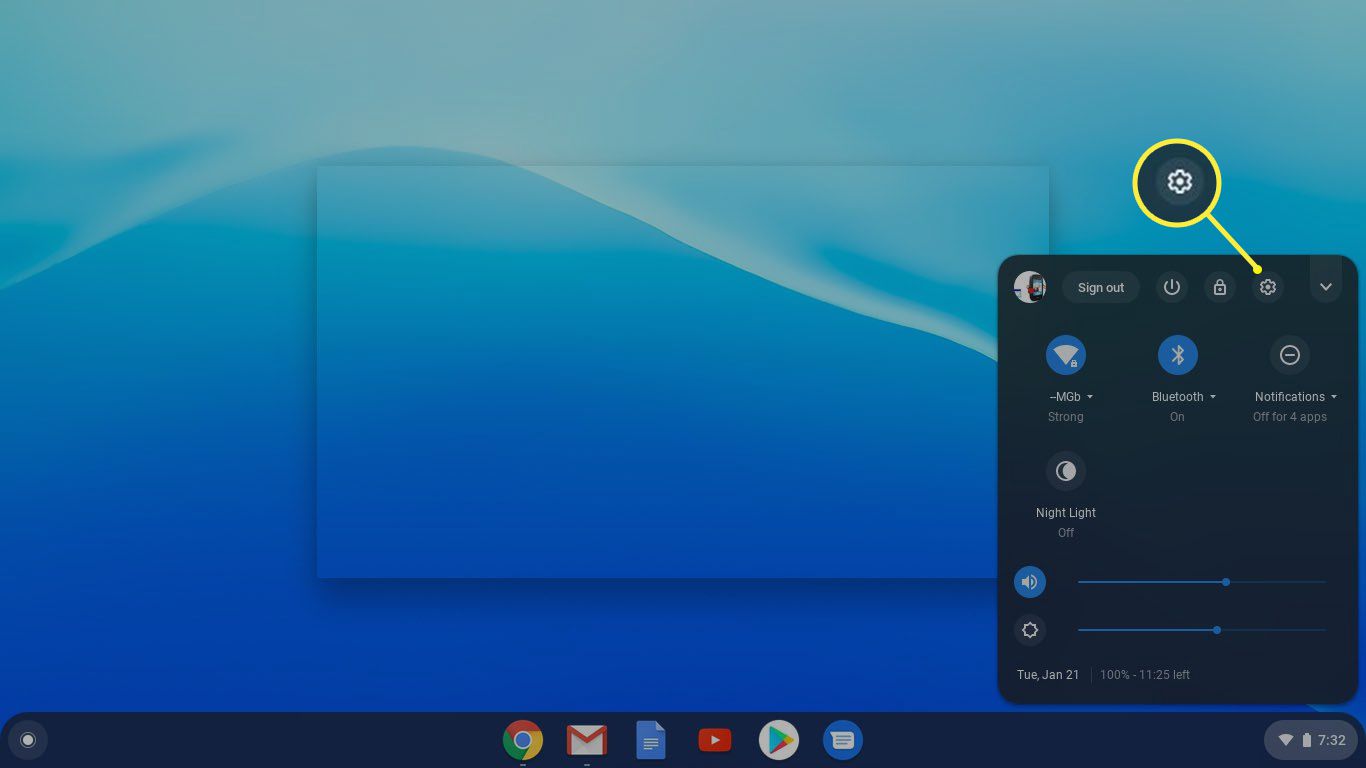Introduction
Welcome to this guide on how to restart your Chromebook. Whether you’re experiencing performance issues, encountering software glitches, or simply need to refresh your device, restarting your Chromebook can often solve these problems. In this article, we’ll walk you through four different methods to restart your Chromebook, ensuring that you can quickly and effectively get your device back up and running.
Chromebooks are lightweight laptops that run on Google’s Chrome OS. They are known for their speed, simplicity, and security, making them popular among students, professionals, and casual users alike. While Chromebooks are designed to be reliable and user-friendly, occasionally, you may encounter situations where a restart is necessary.
By restarting your Chromebook, you can clear any temporary system or app issues, freeing up system resources and improving overall performance. Additionally, it can help resolve software conflicts, update system files, and fix minor glitches that might be causing problems.
Now, let’s dive into the different methods you can use to restart your Chromebook.
Method 1: Using the Power Button
One of the simplest and most common ways to restart your Chromebook is by using the power button. Follow these steps:
- Locate the power button on your Chromebook. It is typically located on the top-right or the side of the device.
- Press and hold down the power button for a few seconds until a menu appears on the screen.
- Select the “Restart” option from the menu using the touchpad or arrow keys on your keyboard.
- Wait for your Chromebook to shut down and restart. This process usually takes a few seconds.
Once your Chromebook has restarted, you can log back in and resume using your device as normal. Using the power button method is a quick and easy way to restart your Chromebook, and it can help resolve minor software issues or frozen applications.
In some cases, you may need to force restart your Chromebook if it becomes unresponsive or freezes. To do this, simply press and hold down the power button for about 10 seconds or until the device turns off completely. Then, release the power button and press it again to turn your Chromebook back on.
It’s important to note that while using the power button to restart your Chromebook is generally safe, you should avoid abruptly cutting off power while the device is in the middle of important tasks or updates. This can potentially cause data loss or other issues. Instead, try to exit any running applications and save your work before initiating a restart.
In the next section, we’ll explore another method to restart your Chromebook using handy keyboard shortcuts.
Method 2: Using Keyboard Shortcuts
If you prefer a quick and convenient way to restart your Chromebook without reaching for the power button, you can utilize keyboard shortcuts. These shortcuts allow you to perform various actions with just a combination of keys. Here’s how you can restart your Chromebook using keyboard shortcuts:
- Press and hold down the Ctrl and Shift keys simultaneously.
- While holding down the Ctrl and Shift keys, press the Refresh key, which is typically located above the 4 key.
- Your Chromebook screen will go black temporarily, and the device will automatically restart.
Once the restart is complete, you can log back into your Chromebook and continue using it as usual. The keyboard shortcut method offers a seamless way to restart your device, especially if you’re already actively using the keyboard.
It’s important to note that the Refresh key on a Chromebook is different from the Reload key found in web browsers. The Refresh key is specifically designed for Chromebooks and is used for system functions rather than refreshing webpages.
Additionally, it’s worth mentioning another useful keyboard shortcut for when your Chromebook is completely frozen or unresponsive. To force a restart in these situations, press and hold down the Power button along with the Refresh key for approximately 10 seconds. Release the keys and allow your Chromebook to restart.
In the next section, we will explore an alternative method of restarting your Chromebook by performing a hard reset.
Method 3: Performing a Hard Reset
If you’re facing more serious issues with your Chromebook, such as unresponsive hardware or persistent software glitches, performing a hard reset can sometimes resolve those problems. It’s important to note that a hard reset should only be done as a last resort, as it will erase any unsaved data and restore your Chromebook to its factory settings. Before proceeding with a hard reset, make sure to back up any important files or documents. Here’s how you can perform a hard reset on your Chromebook:
- Ensure that your Chromebook is turned off. If it’s not responding, press and hold down the Power button until it shuts down.
- Once the Chromebook is off, locate the Refresh key on your keyboard. It’s usually located above the 4 key.
- Press and hold down the Refresh key, then press the Power button.
- Continue holding the Refresh key until you see the Chromebook Recovery screen appear.
- On the Chromebook Recovery screen, use the arrow keys to navigate to the option that says “Powerwash” or “Reset.”
- Press the Enter key to select the Powerwash option.
- Follow the on-screen instructions to confirm and proceed with the Powerwash process.
Your Chromebook will now begin the reset process, removing all personal data and restoring the device to its original state. It may take a few minutes for the process to complete. Once finished, you can set up your Chromebook as if it were brand new and begin using it again.
Remember to carefully consider whether a hard reset is necessary, as it will erase all your files, installed apps, and custom settings. Only perform a hard reset if you have exhausted other troubleshooting options and are confident that it’s the best course of action to resolve your Chromebook issues.
In the next section, we will explore an additional method to reset your Chromebook – powerwashing or performing a factory reset.
Method 4: Powerwash (Factory Reset) your Chromebook
If you want to completely restore your Chromebook to its original factory settings, performing a powerwash or factory reset is the way to go. This method erases all your data, settings, and installed apps, giving your Chromebook a fresh start. It’s crucial to create backups of any important files before proceeding. Here’s how you can powerwash your Chromebook:
- Sign in to your Chromebook and click on the clock in the bottom-right corner of the screen.
- Click on the gear icon to open the Settings menu.
- In the Settings menu, scroll down and click on “Advanced” to expand the options.
- Scroll down to the “Powerwash” section.
- Click on the “Powerwash” button.
- A confirmation message will appear explaining what will be deleted during the process. If you’re certain, click on the “Powerwash” button to confirm.
- Follow the on-screen instructions to complete the powerwash process.
During the powerwash, your Chromebook will restart and remove all your personal information, apps, and settings. Once it finishes, you’ll see the initial setup screen as if you were booting up your Chromebook for the first time. From there, you can sign in with your Google account and set up your device according to your preferences.
Powerwashing your Chromebook is a great way to start fresh if you’re experiencing persistent issues or want to pass your device on to someone else. Remember to back up any necessary data before proceeding, as the powerwash process cannot be reversed, and all information will be permanently deleted.
Now that you’re familiar with the four methods of restarting and resetting your Chromebook, you’ll be well-equipped to troubleshoot any issues that may arise. Choose the method that suits your needs and follow the instructions carefully to ensure a successful restart or reset.
If you’re still encountering problems with your Chromebook, it may be helpful to reach out to the manufacturer’s support team or consult online resources for further assistance.
Conclusion
Restarting your Chromebook can be an effective solution to various issues, ranging from performance problems to software glitches. In this guide, we explored four different methods to restart your Chromebook: using the power button, utilizing keyboard shortcuts, performing a hard reset, and powerwashing or factory resetting your device.
The power button method offers a quick and easy way to restart your Chromebook, while keyboard shortcuts provide a convenient alternative for those who prefer using key combinations. Performing a hard reset should be a last resort for more severe issues, as it erases all data and settings. Lastly, powerwashing or factory resetting your Chromebook allows you to start fresh and restore it to its original state.
Remember to always back up your important files before initiating a restart or reset, as these processes may result in data loss. Additionally, exercise caution when performing a hard reset or powerwashing, as they permanently delete personal information.
By following the instructions outlined in this guide, you can effectively troubleshoot and resolve common issues with your Chromebook. However, if you continue to experience problems, seeking assistance from the manufacturer’s support team or consulting online resources can provide further guidance.
We hope that this guide has equipped you with the necessary knowledge to restart your Chromebook and get it back up and running smoothly. Enjoy the reliable performance and user-friendly experience that Chromebooks have to offer!







